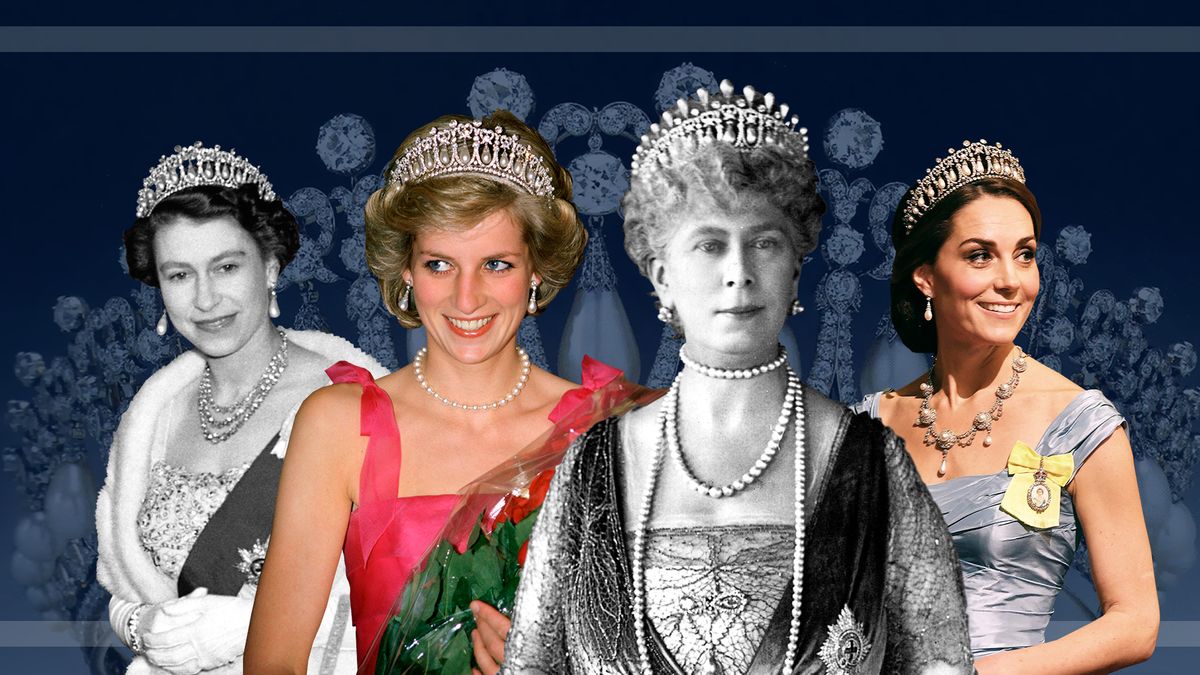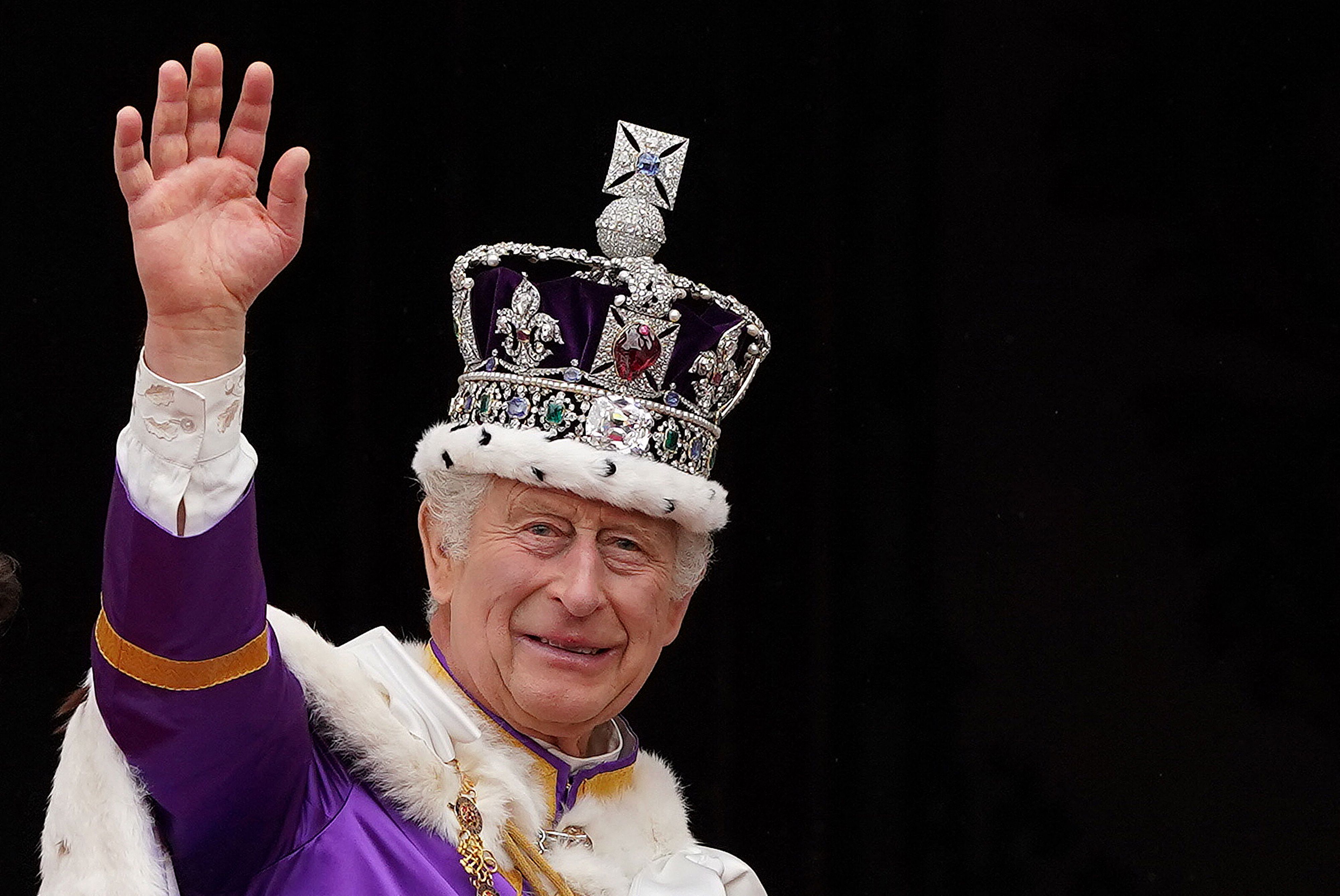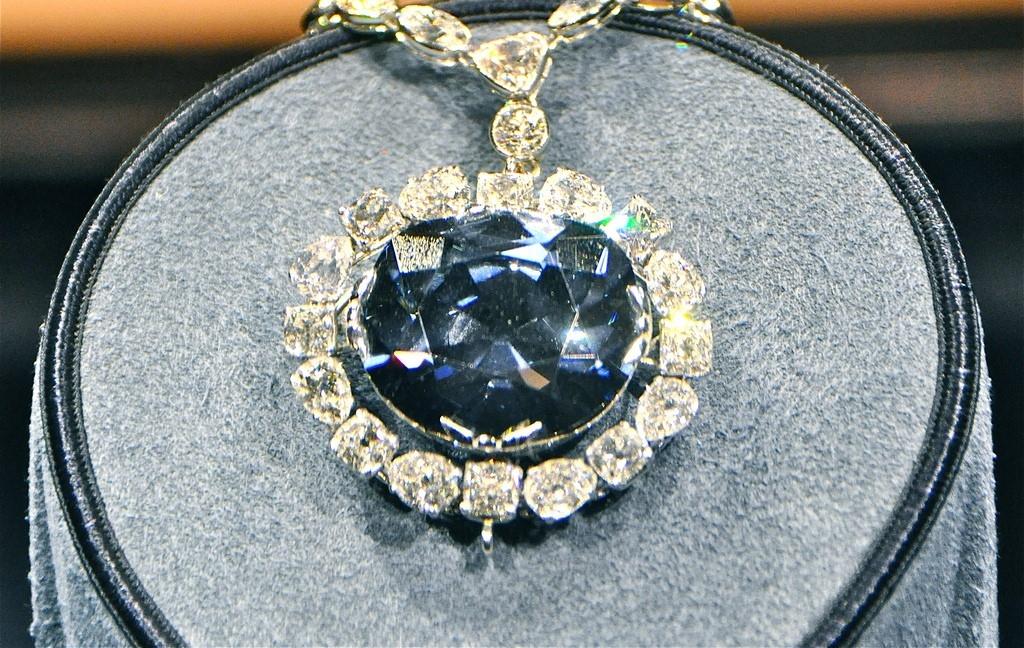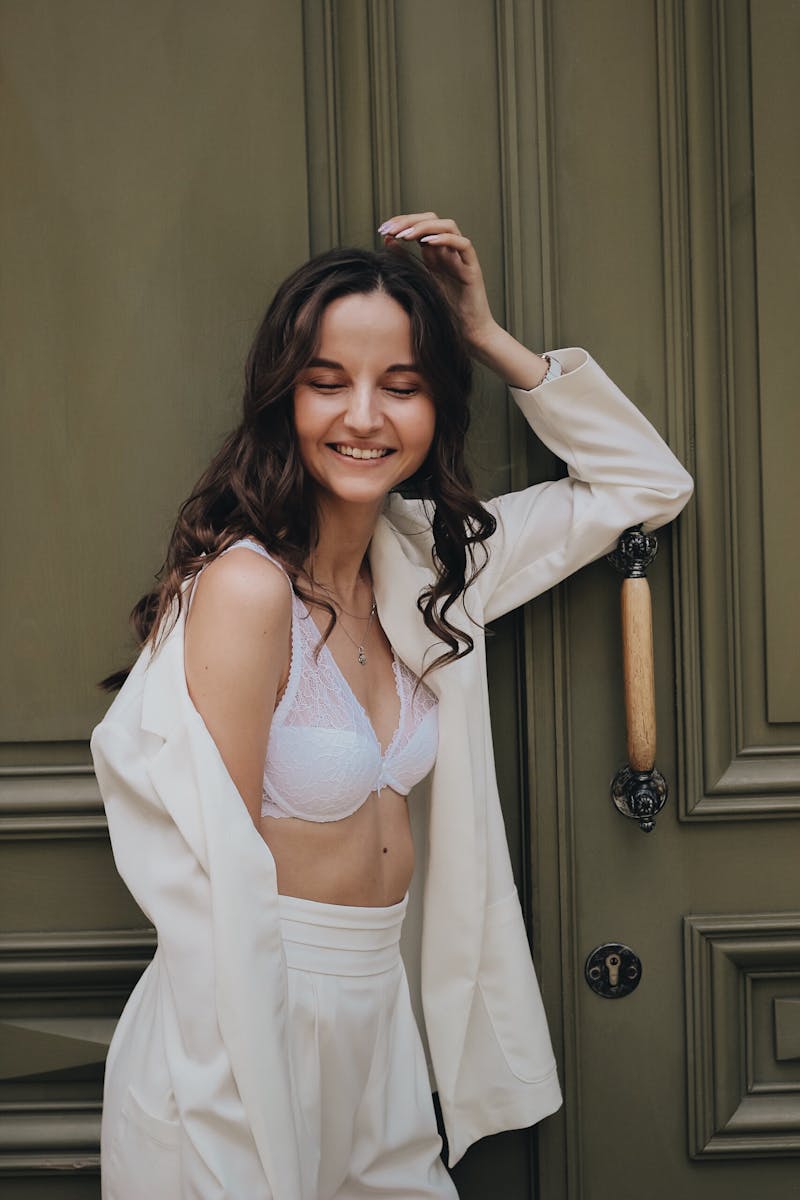
The world of royalty has always held an undeniable allure, a captivating realm where history, power, and unparalleled beauty intertwine. For centuries, monarchies across the globe have adorned themselves with jewels that are not merely accessories, but tangible testaments to their lineage, their wealth, and the very essence of their status. These dazzling pieces, often steeped in lore and crafted with exquisite artistry, transcend mere ornamentation, becoming symbols of enduring elegance and aspiration. They whisper tales of grand coronations, intimate celebrations, and the changing tides of empires, each gem a silent witness to monumental moments in history.
From the breathtaking shimmer of a diamond-encrusted crown to the delicate gleam of pearls in a tiara, royal jewelry captures our imagination, inviting us to peer into an idealized world of luxury and cultural significance. It is a universe where craftsmanship reaches its zenith, where precious stones are transformed into wearable art, each facet meticulously cut to catch the light and command attention. We are drawn not just to their intrinsic value, but to the stories they carry, the prominent figures who wore them, and the trends they undeniably set, influencing fashion and style for generations.
In this exclusive journey, we invite you to immerse yourself in the resplendent world of 6 truly magnificent royal jewels. While some might be instantly recognizable as gracing grand ceremonial occasions, and others are exquisite personal adornments, each one contributes to the majestic panorama of royal splendor, often positioned close to the royal ears and heads they so beautifully embellish. Prepare to be enchanted by the unparalleled brilliance, the profound history, and the exquisite details of these priceless treasures, as we begin with some of the United Kingdom’s most significant pieces.

1. **The Imperial State Crown (United Kingdom)** Imagine a piece of jewelry so profoundly significant, so intricately adorned, that it embodies the very essence of a nation’s monarchy. The Imperial State Crown, worn by the British monarch during the State Opening of Parliament, is precisely such an item. It is, without exaggeration, arguably the most adorned royal piece of jewelry in existence, a breathtaking display of wealth and heritage that has seen various iterations throughout history, yet remains a cornerstone of British royal regalia. Its sheer visual impact, glittering with an unparalleled collection of precious stones, immediately conveys authority and tradition.
This magnificent crown is set with an astounding 2,868 diamonds, each catching the light in a symphony of sparkle, alongside 17 sapphires, 11 emeralds, and 269 pearls. Such a concentration of precious gems creates an almost ethereal glow, a veritable halo of brilliance that befits its royal wearer. The meticulous arrangement of these stones speaks volumes about the artistry and dedication involved in its creation and subsequent refinements, ensuring that every angle presents a spectacle of light and color.
Among its many treasures, the most famous gem on the Imperial State Crown is undoubtedly the Cullinan II diamond. Known majestically as the Second Star of Africa, this extraordinary diamond weighs 317.4 carats, originating from the legendary Cullinan diamonds – the largest piece of rough diamond ever discovered in gem quality. The crown also proudly displays the Black Prince’s Ruby, a magnificent spinel from the 14th century, and St. Edward’s Sapphire. Although the Imperial State Crown has undergone changes over centuries, it endures as one of the most prized possessions of the British Royal Family, a living symbol of their continuous reign.

2. **The Hope Diamond (Formerly Owned by European Royalty)** Few gemstones in history command as much fascination and reverence as the Hope Diamond. Weighing in at a substantial 45.52 carats, this extraordinary deep blue diamond possesses a captivating internal luminescence, glowing vividly under UV light. Its color is not merely blue; it’s an almost otherworldly hue that seems to draw observers into its depths, a testament to the rare geological conditions that birthed it.
Believed to have originated from India’s fabled Kollur Mine, the Hope Diamond embarked on a remarkable journey across continents and through the hands of affluent European owners. Its path eventually led it to France, where it entered the esteemed royal collection of King Louis XIV, expertly cut and integrated into the French crown jewels. However, the tumultuous French Revolution led to its infamous theft. The diamond then disappeared, only to resurface later, beginning another series of ownership changes, eventually landing with American socialite, Evalyn Walsh McLean.
Beyond its undeniable aesthetic appeal, the Hope Diamond is perhaps even more infamous for its alleged curse, rumored to have started when it was stolen from a sacred temple. This eerie reputation, whether true or mere folklore, has undeniably amplified the diamond’s mystique, making it a subject of endless discussion and intrigue. Today, happily, the Hope Diamond rests safely within the hallowed halls of the Smithsonian Institution in Washington, D.C., where millions of visitors can admire its unparalleled splendor without the looming specter of the curse.

3. **The Cambridge Lover’s Knot Tiara (United Kingdom)** There are certain pieces of royal jewelry that resonate deeply with the public, not just for their inherent beauty, but for the iconic figures who have worn them. The Cambridge Lover’s Knot Tiara is a prime example, a jewel that has become synonymous with elegance and a touch of poignant history. This exquisite tiara, widely recognized for its delicate yet regal design, was most famously worn by the beloved Princess Diana and continues its legacy today, frequently gracing the head of Catherine, Princess of Wales.
The origins of this tiara trace back to Queen Mary, who commissioned its design in 1913, inspired by a cherished piece previously owned by her grandmother, Princess Augusta of Hesse. The tiara’s distinctive design features a series of elegant diamond bows, which gracefully cradle magnificent pearls. Each “lover’s knot” motif, intertwined with sparkling diamonds and soft, lustrous pearls, gives the piece a romantic and intricate appearance, embodying a timeless aesthetic that has captivated generations.
Upon its creation, Queen Mary eventually passed this treasured tiara down to her granddaughter, Queen Elizabeth II, who, in a gesture that forever linked the tiara to a new generation of royalty, allowed Princess Diana to wear it. The image of Princess Diana wearing it became one of her most enduring and iconic looks, solidifying its place in public memory. Following her passing, it remained unseen for many years. Its reappearance on Catherine, Princess of Wales, ensures that the Cambridge Lover’s Knot Tiara remains a powerful emblem of royal continuity, personal legacy, and timeless fashion, beautifully adorning the royal head and framing the face.

4. **The Swedish Cameo Tiara (Sweden)** While the British Royal Family often dominates headlines with their magnificent jewels, other European monarchies possess equally impressive treasures. The Swedish Cameo Tiara stands out as a unique and historically rich piece from the Swedish Royal Family’s collection, offering a distinct departure from more commonly seen diamond and pearl tiaras. Its story begins not in Sweden, but with one of history’s most iconic figures, adding layers of imperial grandeur to its narrative.
This exceptional tiara was originally a gift from none other than Napoleon Bonaparte to Empress Josephine. This illustrious provenance immediately imbues the piece with a sense of historical gravitas and romantic intrigue, connecting it to one of Europe’s most powerful periods. The tiara’s most striking feature is its composition: edged in gold and distinctively set with seven cameos depicting scenes from classical mythology, a highly unusual choice for a royal tiara, setting it apart with antique elegance and an artistic quality.
Its journey to the Swedish Royal Family was facilitated through marriage, eventually given to Queen Silvia, who notably wore it at her wedding, establishing a significant personal connection. Since its integration, it has become a cherished heirloom and a beloved tradition. It is now customary for the royal princesses to wear the Swedish Cameo Tiara at their weddings, transforming it into a symbol of continuity, love, and a unique aesthetic within their royal celebrations, always worn near the ears, framing the face with its exquisite, classical beauty.

5. **The Greville Emerald Kokoshnik Tiara (United Kingdom)** In recent years, few royal jewels have captured the public imagination quite like the Greville Emerald Kokoshnik Tiara, especially after its stunning appearance at a high-profile royal wedding. This breathtaking piece was famously worn by Princess Eugenie at her 2018 nuptials, instantly becoming one of the most talked-about elements of her bridal ensemble. Its vibrant emeralds and distinctive design presented a refreshing and bold choice, showcasing a magnificent heirloom with a modern sensibility.
The tiara’s design is a testament to its distinguished origins, created by the esteemed jewelry house of Boucheron in 1919. It was crafted in the elegant and traditional style of Russian kokoshnik jewelry, a popular design influence during that era, characterized by its fringe-like or halo shape. This nod to Russian imperial aesthetics lends the tiara a sense of grand historical lineage and exotic allure, making it a piece that transcends its British ownership and speaks to a broader European aristocratic heritage.
The original owner, Dame Margaret Greville, bequeathed this remarkable tiara to Queen Elizabeth upon her passing, adding another magnificent piece to the British Royal Family’s unparalleled treasury. At the heart of this spectacular tiara lies a truly magnificent 93.70 carat emerald, a central focal point that mesmerizes with its deep green hue and impressive size. This colossal emerald is brilliantly complemented by a dazzling array of surrounding diamonds, which enhance its vibrancy and create a spectacular contrast, making it an unforgettable piece that elegantly graces the royal head and, by extension, the ears, radiating opulence and sophisticated grandeur.

6. **The Danish Ruby Parure (Denmark)**Stepping beyond the grandeur of single, monumental jewels, we now turn our gaze to a collection that exemplifies the harmonious artistry of a parure: the Danish Ruby Parure. This magnificent ensemble is not merely a solitary piece but a breathtaking collection comprising a tiara, a necklace, earrings, and a brooch, all designed to be worn together in a symphony of coordinated brilliance. Each component contributes to a cohesive and utterly dazzling display, originating from the esteemed French royal jewelry collection, immediately imbuing it with a legacy of European elegance and historical depth.
What makes this parure truly captivating is its exquisite composition, where every item is meticulously set with a vibrant array of rubies and brilliant diamonds. The rich, fiery red of the rubies, often associated with passion and royalty, contrasts exquisitely with the cool, sparkling fire of the diamonds, creating a visual spectacle that commands attention. This masterful combination speaks to a specific era of high jewelry design, where color and sparkle were paramount in conveying aristocratic status and refined taste, ensuring its place as a striking example of royal adornment.
The journey of this parure to the Danish Royal Family is as romantic as its appearance. It arrived in Denmark as a cherished wedding gift to Princess Lovisa of Sweden in the year 1869, marking the beginning of its deep integration into the family’s traditions and personal history. Since that significant transfer, this precious collection has been carefully passed down through successive generations, accumulating stories and significance with each royal wearer, becoming a symbol of continuity and enduring beauty within the Danish monarchy.
In contemporary times, the Danish Ruby Parure continues to grace the most significant royal occasions, most notably having been worn by Her Majesty Queen Margrethe II at various official events. Its regular appearance on the Queen underscores its enduring importance as a cornerstone of Danish royal regalia, a testament to both its timeless design and its deeply personal connection to the royal lineage. The parure, with its coordinated splendor and historical resonance, ensures that Danish royalty always steps out with an unmistakable aura of majesty and sophisticated heritage, perfectly framing the royal ears and neck with its radiant glow.




